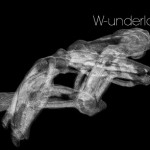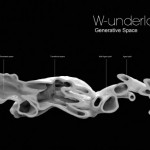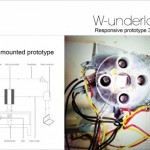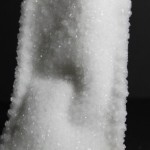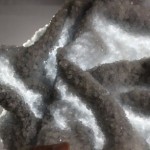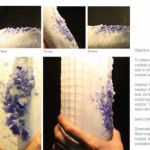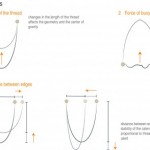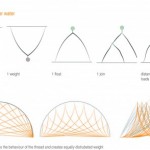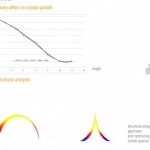MAA Students: Mohamad Ghamlouch (Lebanon),Morten Bulow (Denmark), Marko Vukovic (Serbia)
Studio Instructor: Marta Malé-Alemany
Technical Support: Victor Viña
Studio Assistant: Brian Peters
Project Summary:
The ecological and collective intelligence through which nature operates has stimulated a new approach to architectural design & construction (1). This multidisciplinary approach draws largely on existing synergies between biology & computer science. In particular, the study of self-evolving biological systems & organisms (2) & the inherent interrelation of architecture to its natural environment have affected current architectural thinking by putting the emphasis on the generative process of the structure, rather than the end product itself. Key biological concepts such as adaptation,homeostasis,emergence & self organization may be translated in architectural practice,in order for the man made artificial structure to be ‘alive’, that is,to achieve equilibrium with its natural environment. Lamarck’s concept of adaptation ensures the fitness of a system by causing changes as a response to environmental pressure, but also allows for the fit system-organism to influence its environment in turn. Self-organization characterizes the properties of a system such as the continual adaptation to a changing environment & the strong aptitude to restore itself without centralized control or supervision. Self-organizing parts of the system or else autonomous agents carry out simple local rules without the insight that they perform a global task or that they participate in global organization.
In architecture, we could consider a homeostatic and self-organizing structure as a structure which adapts dynamically to the changing environmental conditions;a living system,a ‘breathing’ organism in equilibrium with its ecological environment. The main research question this project addresses is what innovative techniques of design, construction and materials could prospectively be developed and eventually applied and sustain man made architectural systems which are mostly adaptive, homeostatic and self-controlled, without option to a vast supply of materials and peripheral services.

